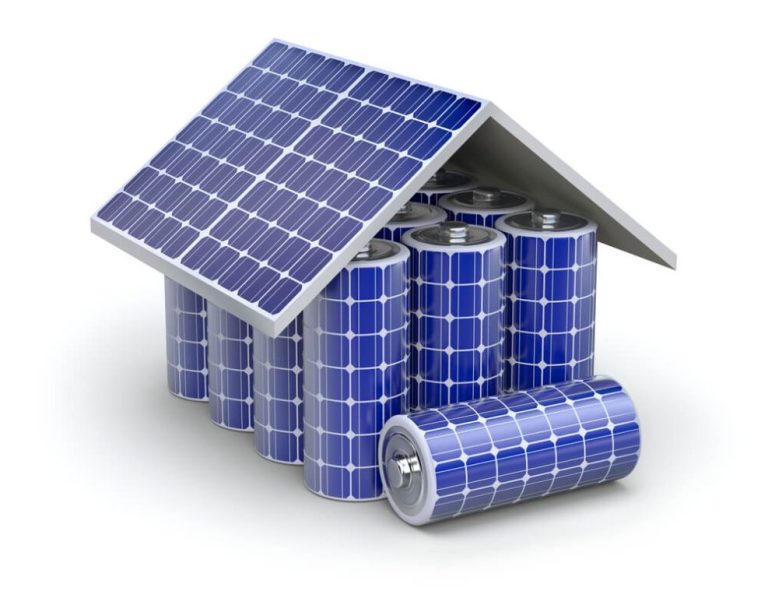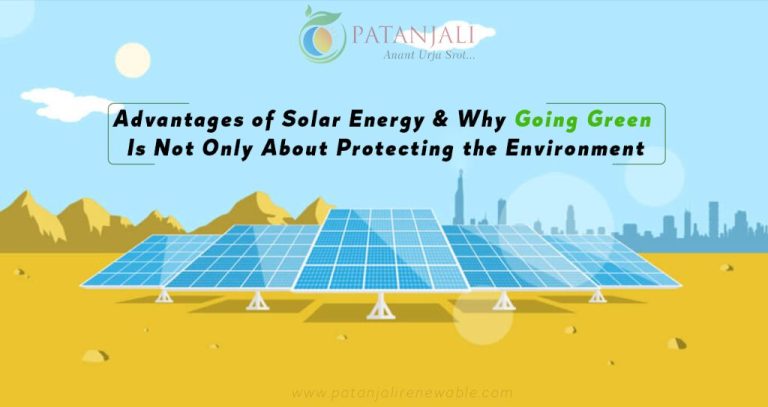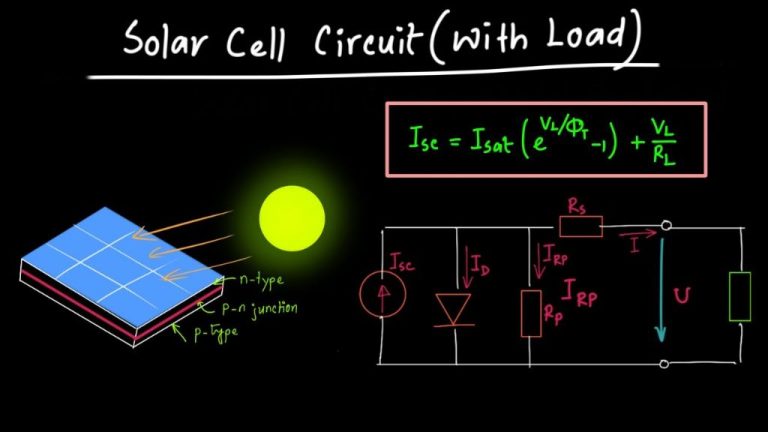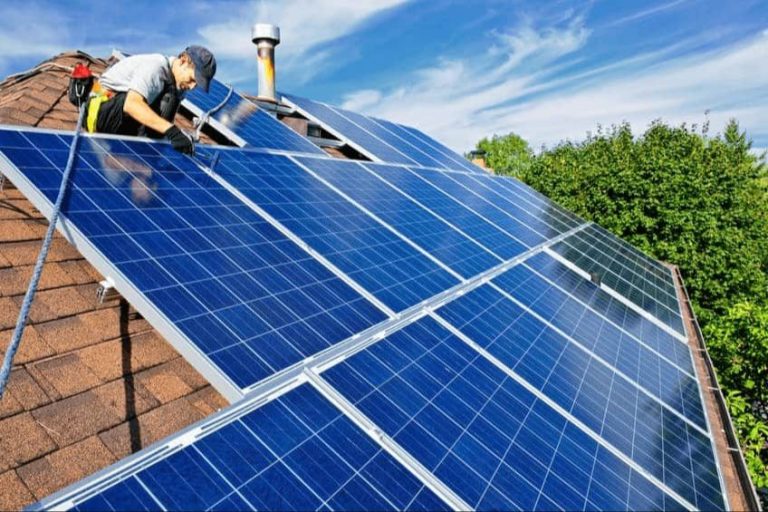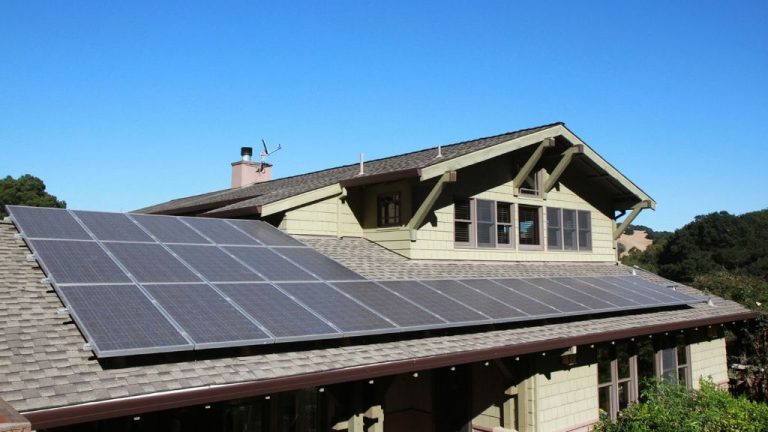Why Has Solar Power Become Cheaper?
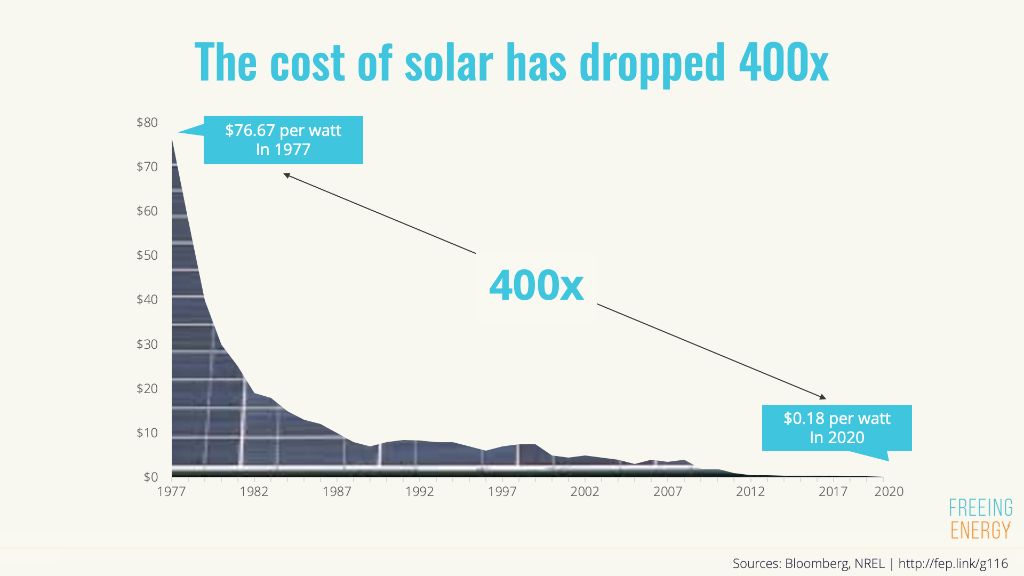
Solar power is a form of renewable energy that harnesses the sun’s energy and converts it into electricity. Over the past decade, the cost of solar power has decreased dramatically. According to Business Insider, the cost to produce one megawatt-hour of solar power has fallen from around $350 in 2010 to just $50 in 2018, an astounding 86% reduction. This massive decrease in cost has helped spur the rapid growth of solar power installations around the world. Understanding the key factors driving down the price of solar can provide insights into the future outlook for this important renewable energy source.
Improved Efficiency
One of the key drivers behind the decreasing costs of solar power is improvements in solar panel technology and materials that have dramatically increased efficiency over time. According to research from SunPower, solar panel efficiency has increased at an average annual rate of 0.25% over the past 15 years. This may seem small, but these incremental gains in efficiency compound over time and allow solar panels to convert more sunlight into usable electricity.
Some of the advances that have boosted solar panel efficiency include:
- Using monocrystalline silicon cells rather than polycrystalline cells
- Implementing advanced manufacturing techniques to reduce defects
- Applying anti-reflective coatings to capture more sunlight
- Incorporating more busbars to reduce electrical resistance losses
- Introducing passivated emitter rear cell (PERC) technology
As solar panels become more efficient at converting photons into electrons, it takes fewer panels and less surface area to generate the same amount of electricity. This brings down costs in terms of the number of panels, the amount of land required, the mounting systems, and the labor and materials involved in installation. Studies show that for every percentage point gain in module efficiency, balance of system costs drop by 6-7 cents per watt. These cascading cost savings from improved efficiency are a major driver behind the solar industry’s astounding 99% cost reduction since 2009.
Sources:
https://www.sunpowerbyqhs.com/blog/as-solar-efficiencies-improve-the-cost-continues
https://energy5.com/the-economics-of-solar-panel-efficiency-cost-savings-and-roi
Economies of Scale
One of the key drivers in reducing the cost of solar power is economies of scale. As solar panel production and demand have increased dramatically over the past decade, manufacturers have been able to take advantage of economies of scale to reduce costs along the supply chain. Essentially, as production increases, the cost per unit decreases. This is because fixed costs can be spread out over larger quantities.
For example, in the early 2000s, global solar panel production was only hundreds of megawatts per year. But by 2018, production reached over 100 gigawatts. This massive scaling up of production allowed manufacturers to spread out costs over a larger output, reducing the per unit expense. Installation costs have also declined as solar companies have been able to streamline processes and reduce soft costs as they’ve gained experience installing more and more systems. Rooftop solar in particular can benefit enormously from economies of scale as the residential market continues to grow.
Supportive Policies
Government policies have played a major role in accelerating solar adoption and driving down costs. Key policies include subsidies, tax credits, and government procurement initiatives.
Tax credits such as the federal Investment Tax Credit (ITC) have made solar power more affordable for homeowners and businesses. The ITC provides a 26% tax credit for systems installed in 2020-2022, which will step down to 22% in 2023 before expiring in 2024 [1]. State level policies such as net metering have also made rooftop solar financially viable by allowing system owners to sell excess power back to the grid.
Many governments have implemented renewable portfolio standards that require utilities to source a certain percentage of their electricity from solar and other renewables. Government solar procurement programs have also provided early markets for solar, enabling manufacturers to improve technologies and reduce costs through learning-by-doing [2].
The U.S. Department of Energy has set cost reduction targets such as lowering the levelized cost of solar energy by 60% by 2030. Achieving these targets will require continued policy support [3].
Reduced Hardware Costs
The costs of solar photovoltaic hardware like panels, inverters, racking and wiring have fallen dramatically over the past decade. This is due to several key factors:
Cheaper raw materials – Polysilicon, the main raw material for solar panels, has dropped in price by over 90% since 2008 (NREL). More efficient polysilicon production and an oversupply have driven down costs.
Streamlined manufacturing – Solar panel production has expanded globally, enabling economies of scale. Automation and process optimization have also reduced manufacturing costs per watt significantly.
Mature supply chains – As the solar industry has grown, supply chains for materials and components have matured. This has brought down procurement costs and lead times.
Overall, these factors have led the cost per watt of solar panels to fall around 90% over the past 10 years. Inverters, racking, wiring and other hardware have followed similar cost reduction curves. This has been a major driver in bringing down the total installed price of solar PV systems.
Lower Financing Costs
Lower financing costs have played a major role in reducing the price of solar power for consumers. Innovations in solar financing such as leases, power purchase agreements, and solar loans have opened up access to solar energy for homeowners and businesses who cannot afford the high upfront capital costs of purchasing a solar system outright.
With a solar lease or power purchase agreement (PPA), a third party owns the solar system while the homeowner pays a fixed monthly rate that is often lower than their previous electricity bill. This eliminates the large upfront cost barrier for homeowners. According to the Solar Energy Industries Association, over 50% of residential solar installations in Q2 2022 were third-party owned (Source).
Solar loans allow homeowners to finance the purchase of solar panels over time. Lower interest rates and longer loan terms have made solar more affordable. Programs like the FHA PowerSaver loan guarantee reduced lending risks and enabled more attractive loan options. The recently passed Inflation Reduction Act provides a 30% federal tax credit that can directly offset the cost of installed solar systems for those that purchase upfront (Source).
These innovative financing mechanisms eliminate the large upfront cost barrier that used to prevent many households from adopting solar power. By spreading costs over time, solar energy has become more accessible and affordable for homeowners across the country.
Improved Installation
Standardized processes, trained workers, and competition have greatly sped up and reduced the cost of solar installations over the past decade. In the early 2000s, installing rooftop solar was complex, required customized designs, and took days to complete with high labor costs. Today, there are standardized system designs, mounting equipment, and streamlined permitting and inspection processes that simplify and accelerate installations (1). The solar workforce has expanded considerably, providing a large pool of experienced, trained installers able to complete rooftop solar projects much faster (2). Fierce competition in the solar installation market has also driven companies to reduce costs, overhead, and profit margins to offer more competitive pricing (3). Installers leveraged these factors to reduce average residential installation costs by over 60% between 2010 to 2020, from around $7/watt to $2.7/watt (4). Faster, streamlined installations lowered the labor hours and associated costs, while competition pressed companies to reduce their margins.
(1) https://www.nrel.gov/news/program/2021/documenting-a-decade-of-cost-declines-for-pv-systems.html
(2) https://www.cnet.com/home/energy-and-utilities/why-the-cost-of-solar-panels-will-likely-keep-falling/
(3) https://www.cnet.com/home/energy-and-utilities/should-you-wait-to-buy-solar-panels/
Innovative Business Models
In recent years, new and innovative solar business models have helped drive down costs and increase accessibility of solar power for customers. According to Exploring Different Solar Energy Business Models, ownership models have become popular, giving customers more control and long-term savings from their solar investment. Additionally, Collaboration Is Key: How Innovative Solar Business Models Can Benefit All notes that the solar industry has reduced costs more than 60% in the past decade through business model innovation. These new models unlock value and savings by giving customers more options, like leasing panels instead of purchasing, shared community solar, and power-purchase agreements.
Business model innovation has played a key role in solar’s dramatic price reductions. By expanding customer access through financing options and collaborative programs, more people can benefit from solar power’s economic and environmental advantages.
Grid Integration
As solar power capacity has grown, utilities have had to adapt to accommodate large amounts of variable renewable energy on the grid. This has required investments in improved grid management and flexibility. However, these integration costs have declined as utilities and system operators gain experience and employ innovative solutions.
Upgraded transmission infrastructure and forecasting tools help manage the variability of solar output. Energy storage systems, like batteries, allow solar power generated during daylight to be dispatched when needed. Advanced inverters even allow solar arrays to provide grid services, like voltage regulation. According to a report by the National Renewable Energy Lab, integration costs for solar are estimated to range from $0 to $8 per MWh, significantly lower than early estimates (https://www.nrel.gov/docs/fy12osti/54905.pdf).
Battery storage paired with solar can reduce integration costs by shifting solar output to match demand. As battery costs fall, solar+storage systems are becoming increasingly economical. By smoothing out solar’s variability, storage helps solar operate more like a traditional power generator. Innovative rate structures and aggregated solar+storage also support grid integration (https://www.resources.org/common-resources/what-are-costs-and-values-wind-and-solar-power-how-are-they-changing/).
Conclusion
The cost of solar power has declined significantly over the past decade due to a variety of factors. Improved solar panel efficiency, economies of scale, supportive policies, lower hardware and financing costs, better installation techniques, and innovative business models have all contributed to reducing the levelized cost of electricity from solar photovoltaic systems.
Moving forward, experts predict the costs will continue to decrease. By 2030, the U.S. Department of Energy has set solar cost targets of $0.02 per kWh for utility-scale systems. This target is expected to be achieved through continued advancements in solar technologies, manufacturing improvements, soft costs reductions, and increased solar deployment and integration. The outlook is positive for solar to become an increasingly cost-competitive electricity source.
In summary, the dramatic decline in solar power costs is a result of both market forces and supportive public policies. As solar continues to scale up and new innovations emerge, it is likely that costs will continue falling in the years ahead, making solar one of the most affordable energy sources.

